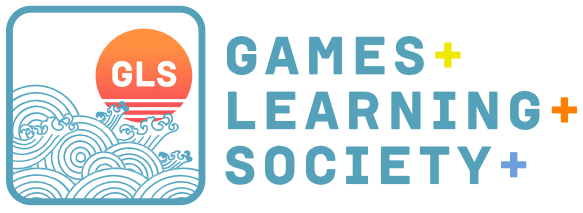Toxicity in Multiplayer Online Games
Is toxicity a normal part of gaming culture?
February 2022 - Present
This study seeks to learn whether and to what extent online games normalize toxic culture among players. How harmful conduct may be reinforced, and how it circulates in these spaces. As an outcome, we hope to find ways to build better and more proactive solutions to reduce the spread of disruptive behavior.
Contributions
Primary Role
UX Researcher
Responsibilities
- Recruited participants and conducted a survey study with 602 players
- Ran descriptive statistics and bivariate analysis of survey data using R
- Conducted interviews on player experiences of toxic behavior in multiplayer online games
- Performed qualitative coding and thematic content analysis on the transcribed data
Background & Motivation
Toxic behavior is a significant issue in online social platforms, including multiplayer games. Harmful conduct not only hurts player experience but often leads to undesired outcomes. Defending themselves, players might respond with hostility, become less social, choose to hide their identity or stop playing the game altogether.
We seek to understand whether and to what extent online games normalize a toxic culture among players, how harmful conduct may be reinforced, and how it circulates in these spaces. Having a better understanding, we hope to find ways to build better and more proactive solutions to reduce the spread of disruptive behavior, protect players, and create positive, inclusive environments for all.
Collaborators
- Garrison Wells
- Dr. Constance Steinkuehler
Survey
During the survey, we measured attitudes and experiences with disruptive behavior in online game spaces. We adopted the cycle of hostile behavior models and added items to the instrument to explore experiences as perpetrator, victim, and bystander.
I assisted in outreach and recruited participants online. After reaching our goal of about 600 responses, I participated in cleaning the data, constructing new variables from the multi-select answers, and composite variables from related single measures.
We grouped survey items based on 9 research questions and utilized R language to analyze results. I ran descriptive statistics and bivariate data analysis to discover associations between variables. To visualize the data, I created graphs to showcase our findings and clearly represent relationships.
In-depth Interviews
Subsequent interviews helped gain more insight into players’ attitudes toward toxicity, disruptive behavior, online safety tools, and what can be done to generate positive change in this realm?
I recruited and interviewed 7 qualified participants in semi-structured sessions. Currently, I’m working on data transcription and content analysis.
This research is currently ongoing. Additional details and findings will be presented after the research paper has been published.
